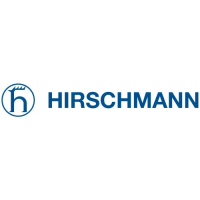
Do you have a question about the Hirschmann MACH 1030 and is the answer not in the manual?
| Model | MACH1030 |
|---|---|
| Operating Temperature | 0 °C to +60 °C |
| Mounting | DIN Rail |
| Switching Technology | Store-and-Forward |
| Power Supply | 24 V DC |
| VLAN Support | IEEE 802.1Q (VLAN) |
Covers safe operation, handling, and component integrity for electrical devices.
Defines approved applications and adherence to technical specifications for product use.
Specifies safe installation locations, environmental conditions, and mounting guidelines.
Outlines requirements for qualified personnel and restrictions on opening the device casing.
Emphasizes compliance with safety regulations and proper device grounding procedures.
Lists critical safety requirements for connecting the device's supply voltage.
Provides specific warnings and conditions for operating the device in explosion hazard areas.
Overview of the MACH 1000's design, features, and industry standards compliance.
Details how product designations are formed by combining device characteristics.
Describes the different MACH 1000 device variants and their port configurations.
Explains the types of Ethernet ports available, including twisted pair and fiber optic.
Information about the LEDs used for device and port status indication.
Details the V.24 and USB interfaces for device management and configuration.
Describes the potential-free relay contact for remote diagnosis and event signaling.
Procedure to verify all items are included and check for transport damage.
Guides on connecting supply voltage terminals and signal contacts.
Instructions for mounting the device in a switch cabinet or on a wall and grounding.
Steps for starting up the device after connecting the supply voltage.
Recommendations for connecting twisted pair and optical fiber data cables.
Procedure for installing optional SFP transceivers into the device.
Details default IP configuration, management access, and port settings.
Steps for safely disconnecting and removing the device from its mounting.
Procedure for safely removing an SFP transceiver from the device slot.
Provides key specifications like dimensions, weight, power, and environmental limits.
Visual representations of device dimensions and mounting layouts.

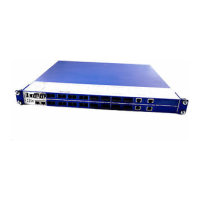
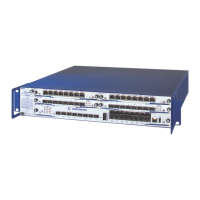

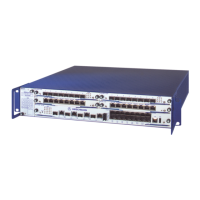
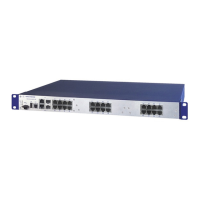
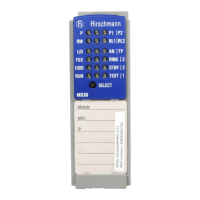
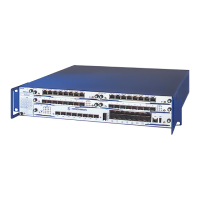
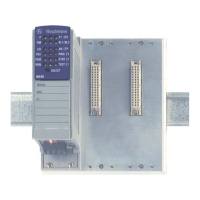
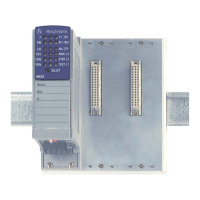
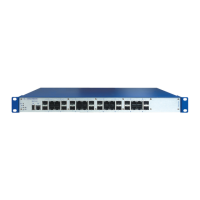
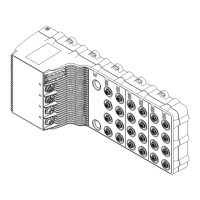
